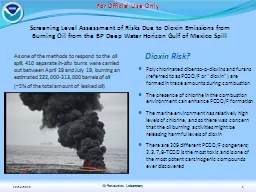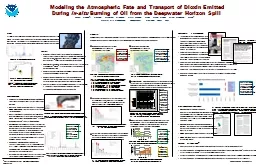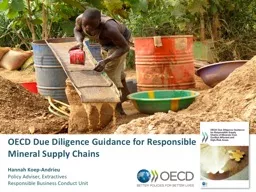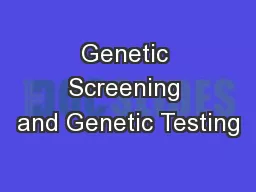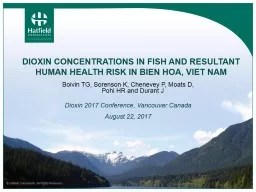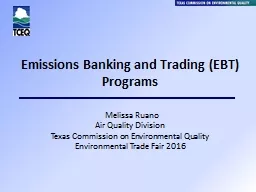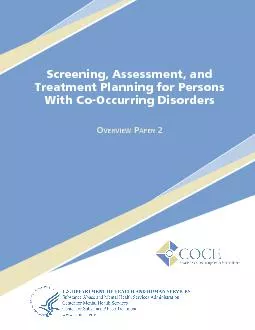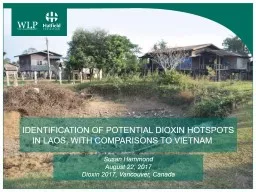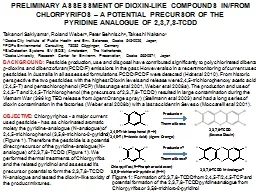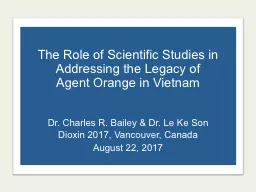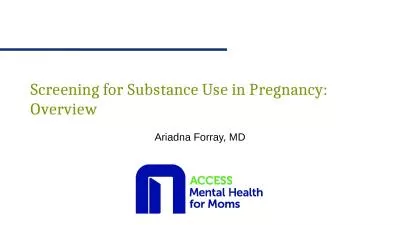PPT-Screening Level Assessment of Risks Due to Dioxin Emissions from
Author : pamella-moone | Published Date : 2018-11-06
Burning Oil from the BP Deep Water Horizon Gulf of Mexico Spill As one of the methods to respond to the oil spill 410 separate insitu burns were carried out between
Presentation Embed Code
Download Presentation
Download Presentation The PPT/PDF document "Screening Level Assessment of Risks Due ..." is the property of its rightful owner. Permission is granted to download and print the materials on this website for personal, non-commercial use only, and to display it on your personal computer provided you do not modify the materials and that you retain all copyright notices contained in the materials. By downloading content from our website, you accept the terms of this agreement.
Screening Level Assessment of Risks Due to Dioxin Emissions from: Transcript
Download Rules Of Document
"Screening Level Assessment of Risks Due to Dioxin Emissions from"The content belongs to its owner. You may download and print it for personal use, without modification, and keep all copyright notices. By downloading, you agree to these terms.
Related Documents

